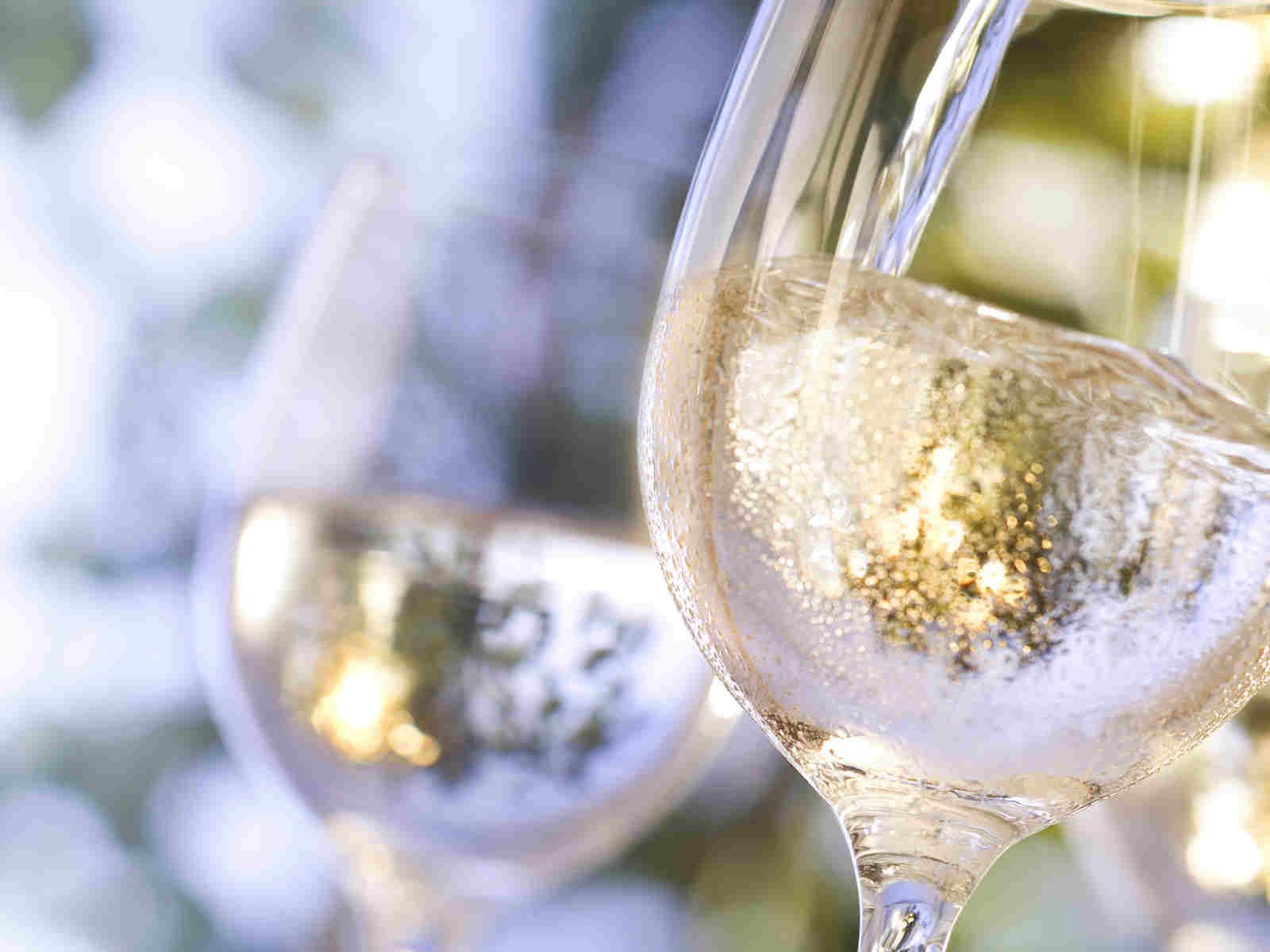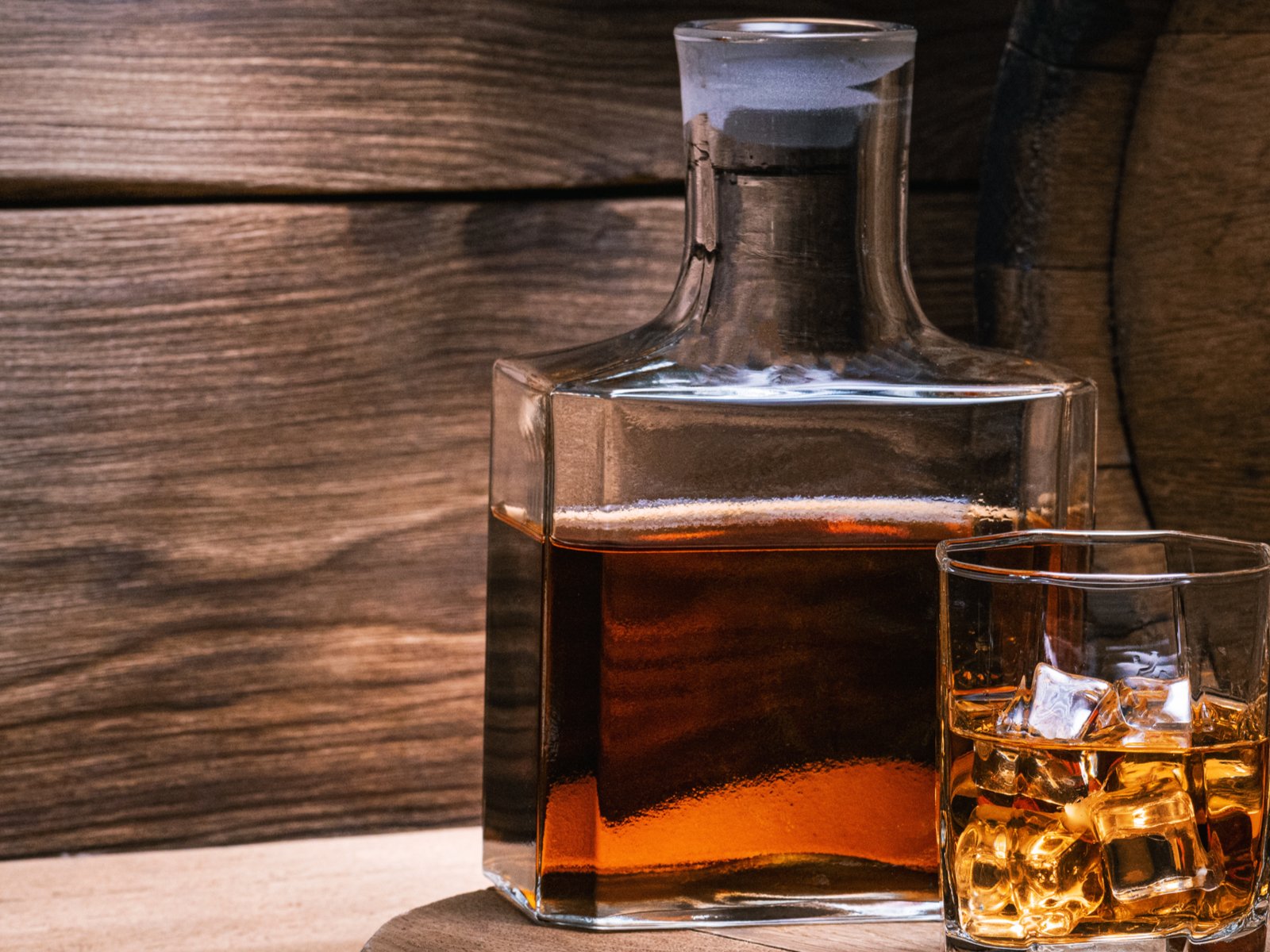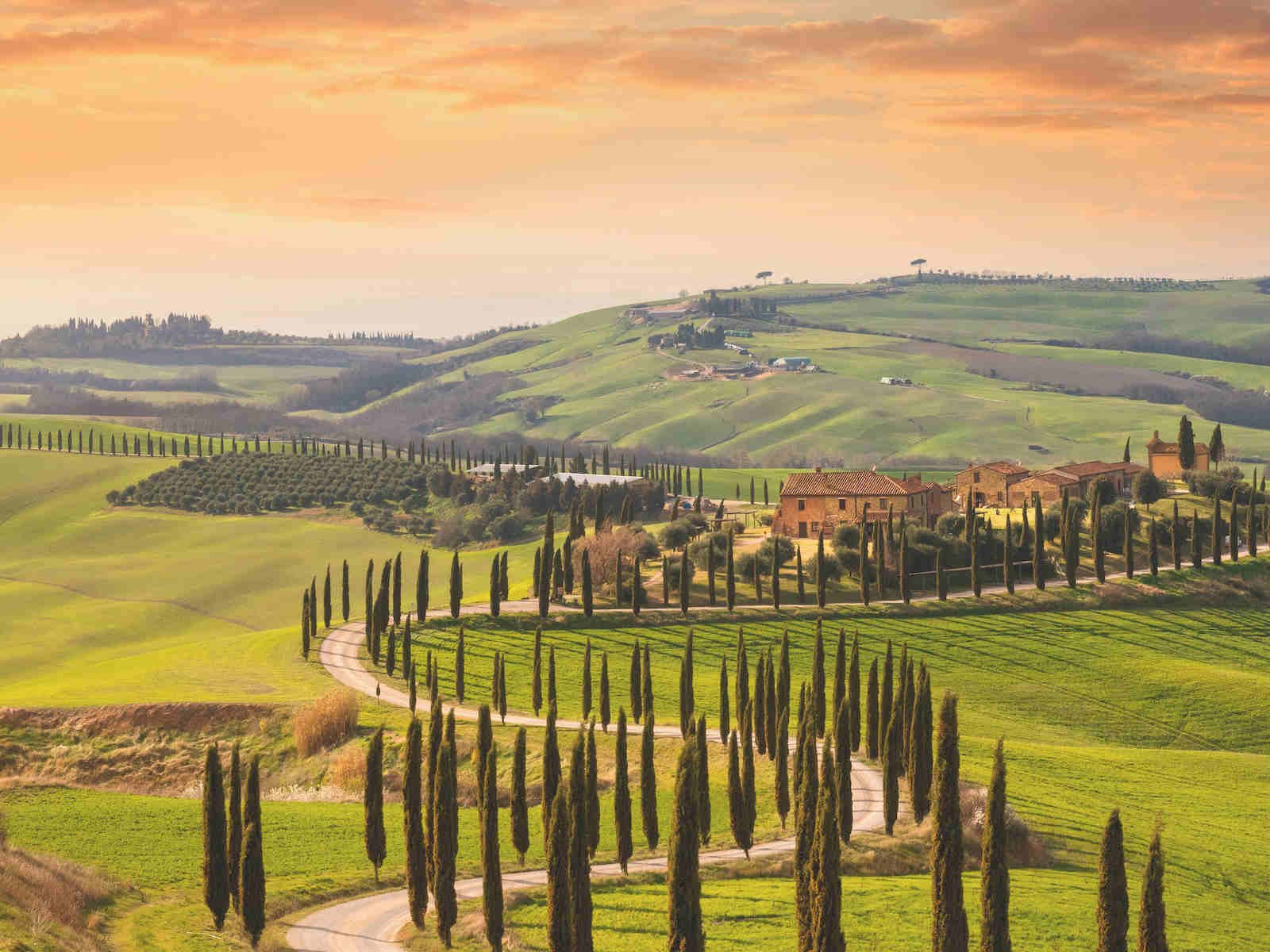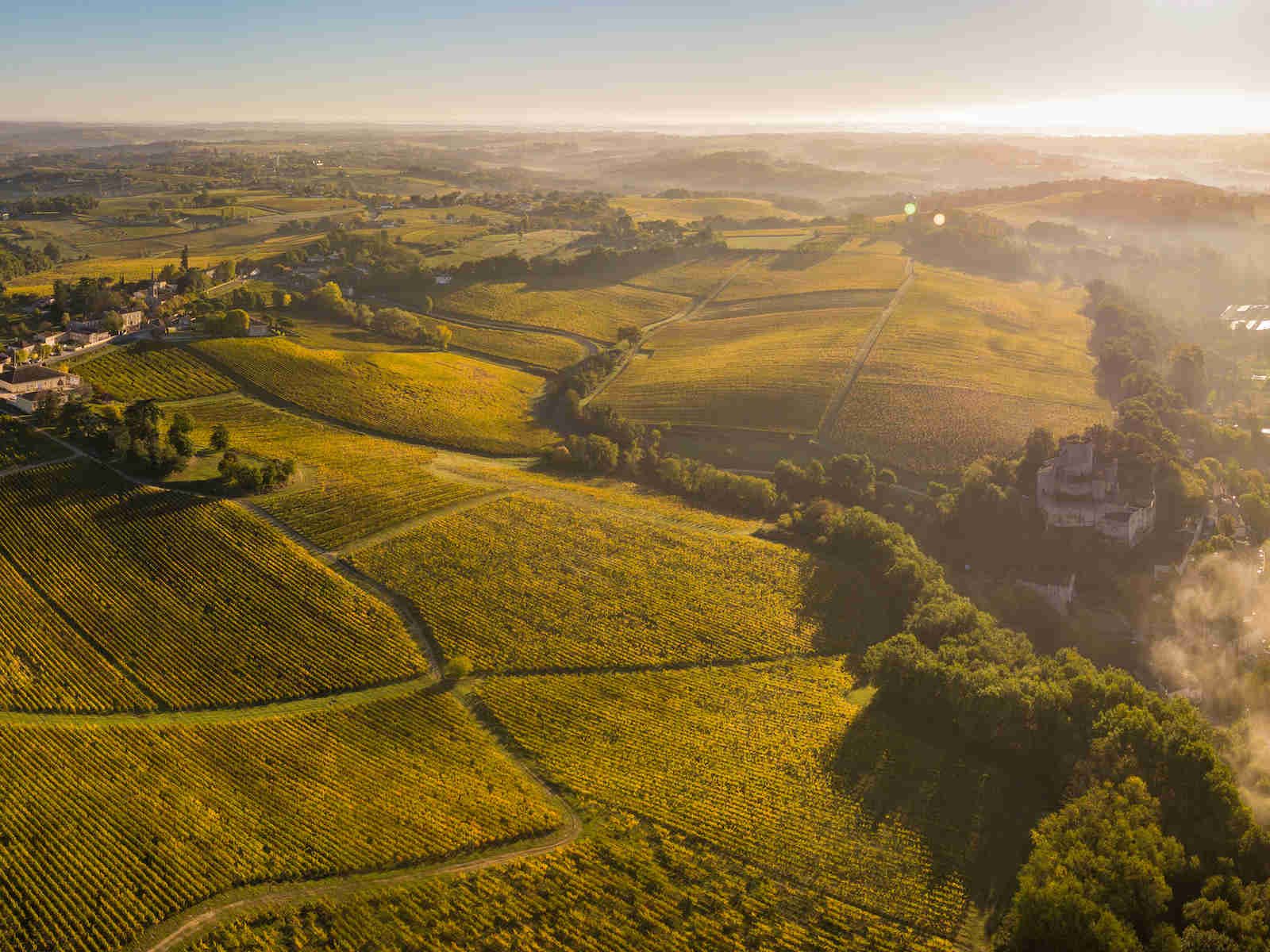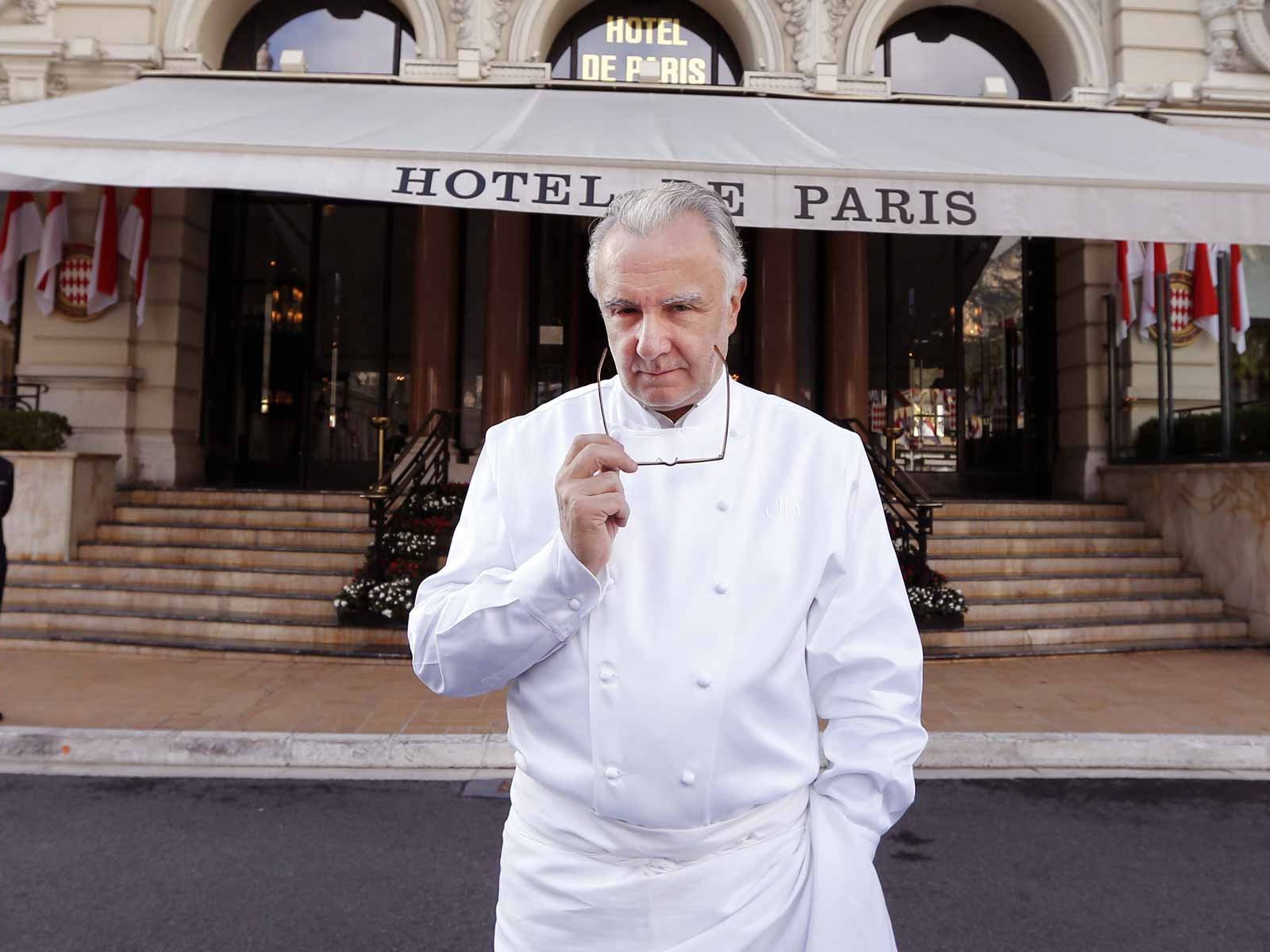Ribera del Duero: The New Freshness in Spain
Change is afoot in the Spanish region of Ribera del Duero. Instead of power and richness, winemakers are now aiming for freshness and elegance.
Apparently, there are more deer in Soria than people, at least that is what the winemakers like to joke about. But like so many things said in jest, this contains some truth: Soria, along with Cuenca in Castillla-La Mancha and Teruel in Aragon, is one of the most thinly populated areas in all of Spain.
Soria is located at the eastern end of the Ribera del Duero region, far away from wine hotspots like La Horra and Aranda de Duero in Burgos or Pesquera and Penafiel in Valladolid. Soria is the highest and coolest subzone of the D.O. Ribera del Duero, an appellation created in 1982. The Picos de Urbion mountain range, where the headwaters of the Duero River rise, is just 50km/30 miles away.
Most of the vineyards here are at an altitude of about 900m/2,953ft above sea level – and altitude is key. The grapes ripening in these cooler temperatures differ significantly from those of other Ribera del Duero subregions. Tinto Fino, as Tempranillo is called in Ribera del Duero, needs these elevated, cool sites to retain sufficient acidity – without it the wines run the danger of disappearing into a rather uniform triviality of high alcohol and concentration. Soria thus offers a rather different kind of potential.
Benefiting from climate change
The freshness that characterises the wines from Soria is not only down to altitude. It is also boosted by its location between two mountain ranges: Sistema Ibérico and Sistema Central. Growing conditions for vines here are more extreme than in Burgos where approximately 80% of Ribera del Duero vineyards are located.
The danger of spring frosts is higher and the vegetation period is shorter – and in the cooler past this meant that grapes often struggled to ripen fully. They still do today in cooler years. For a long time, growing grapes in Soria was considered a daring challenge. But climate change – ever more noticeable – also changed attitudes.
Peter Sisseck, the region’s star winemaker of Dominio de Pingus fame, now buys about 20% of the grapes for his PSI wine in Soria. PSI is a wine this legendary Danish winemaker blends from the grapes of around 800 wine growers across all of Ribera del Duero. In Soria he finds the limestone soils which define the style of this wine – and more freshness than in other subregions. It was not Sisseck, however, who put the region on the map and revived it. That was down to a different visionary.
In the late 1990s, Miguel Sanchez, a wine merchant from Madrid, chanced upon a deserted valley, a sort of wilderness with countless overgrown vineyards. That was Soria. Time seemed to have stood still in Vale de Atauta: at the almost ludicrous altitude for viticulture of 1,000m/3,281ft, Sanchez found ancient vines that had been planted before the phylloxera crisis late in the 19th century.
A true treasure that prompted Sanchez to start the Dominio de Atauta estate in 1999. Even his earliest vintages beguiled the critics and Dominio de Atauta became the new star of Ribera del Duero in record time.
It was the star that heralded a new generation of top producers who prefer the fruit from this elevated, cooler region and who created a new regional wine style that puts freshness and elegance centre stage.
Today, Dominio de Atauta processes grapes from around 60 hectares/148 acres of vineyards, split across 600 different parcels of vines. Most of these still belong to the same families that have owned them for generations. The vines in these parcels are old – between 60 and 120 years.
Around 90% of these vines pre-date the phylloxera crisis and are thus ungrafted, which is to say they grow on their own roots and are not grafted onto phylloxera resistant rootstocks. Even Dominio de Atauta’s entry-level wine is made from grapes grown on vines that are on average at least 60 years old. Dominio de Atauta achieved much wider fame with its single vineyard wine Llanos del Almendro from the 2002 vintage.
In a blind tasting of 31 top wines from France and Spain, organised by the French wine critic Michel Bettane, it took first place together with the 1994 vintage of Vega Sicilia, another star winery from Ribera del Duero. The 2002 vintage of Atauta’s Llanos del Almendro was made by French oenologist Betrand Sourdais.
While working at Atauta he fell in love with the region and its ancient vineyards, so he leased 25 parcels on the Vale de Atauta himself – this was the birth of the Dominio de Es project: on just 3.5 hectares/8.6 acres he grows Tinto Fino and Albillo Mayor, a white grape variety.
White grapes for freshness
In the past, Tinto Fino and Albillo Mayor were traditionally co-planted in field blends with the white grape taking between 20-50% of the share. From the 2019 vintage onwards, white wines have also been allowed to be sold under the denomination of Ribera del Duero – and this has put Albillo Mayor into the spotlight of many winemakers once again.
In the past, the field blends were also co-harvested and co-fermented into a kind of rosé wine which was called ojo de gallo, or eye of the chicken, due to its pale colour. Today, Sourdais always blends some Albillo Mayor into his wines, as a nod to this ancient tradition. Sourdais, who also founded Bodegas Antidoto, is an important figure for the region, especially considering that there are still too few young winemakers interested in preserving the old vines and traditions.
Fresh wines and old vines are also a central part of Bodegas Marta Maté‘s concept – taking Ribera del Duero’s wine style even further. While the wines of Dominio de Es and Atauta show the outlines of elegance, they still set store by concentration and clear wood influence, Marta Maté’s wines, however, are a kind of revolution. “My wines are not typical of Ribera del Duero. They are fresh and different,“ says César Maté.
He founded the Marta Maté project with six friends several years ago. Even before they started selling their first commercial vintage in 2008, they made wine from their single parcels in Gumiel de Mercado in the sub-zone of Burgos – at an altitude of 900m / 2,953ft.
Back to their roots
When Marta Maté released their Primordium wine in 2008, made from 100% Tinto Fino, aged for 18 months in new French oak, the wine received a 95-point-score from The Wine Advocate. Maté remembers how powerful and concentrated that wine was – a style they continued making until 2012. Today, Maté still ages the wine in 100% new French oak – but it matures for five years before its release to allow the wood influence to become more integrated.
Maté now sees this wine as a reminiscence of the old Ribera del Duero – an absolutely valid style, coined by the monolith of the region, Vega Sicilia, and all the winemakers that trained there – but also as a relic of the past. César Maté says: We want to push the expression of minerality as far as possible, make it possible to taste the soil. Wood is a distraction. Yes there can be wood influence but it has to be subtle.“ Biodynamic farming methods play an important role for Maté. He wants to increase the microbial life of the soil and biodiversity.
For years, he has also been on a quest for Tino Fino clones that are perfectly suited to local conditions and retain acidity. He took cuttings from old vines across the region and leases old vine parcels which would otherwise disappear. In Maté’s view, the switch to higher altitude zones will be unavoidable for Ribera del Duero. There has been a stylistic shift in the kind of wines people want to drink – not least furthered by Spain’s top restaurants looking for fresher wines. Evolution is under way – and Ribera del Duero is changing.



